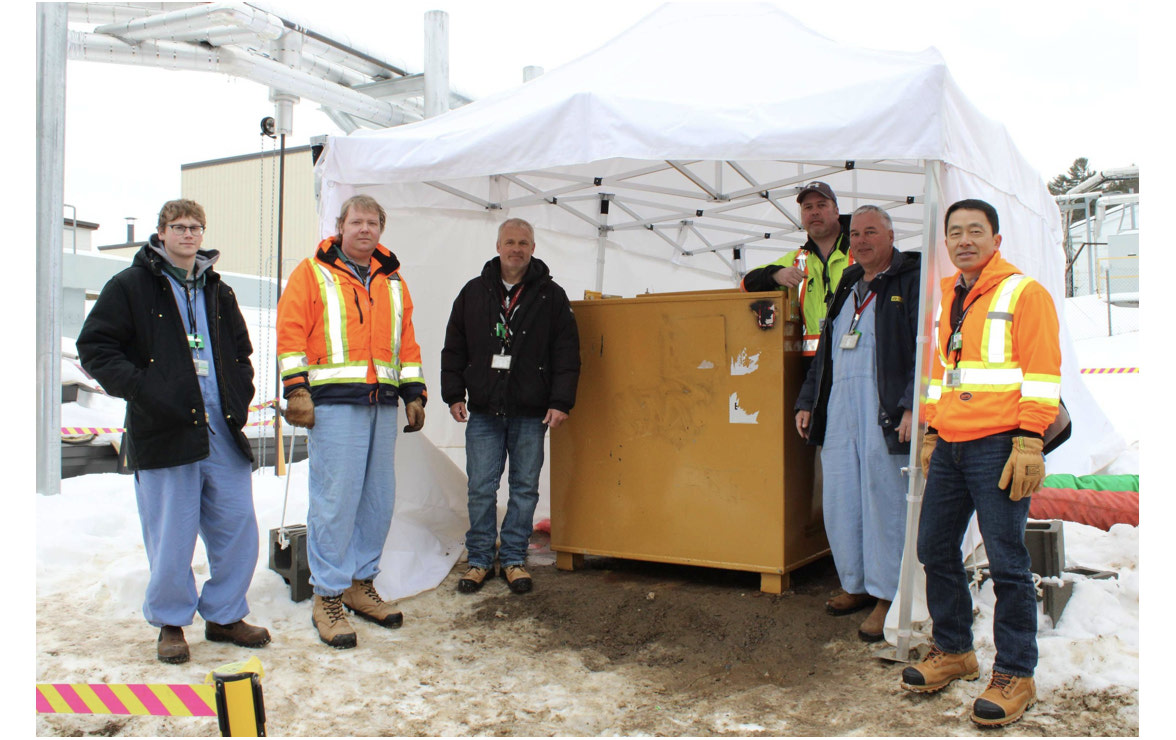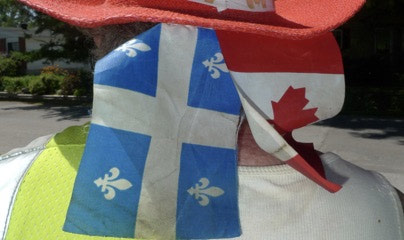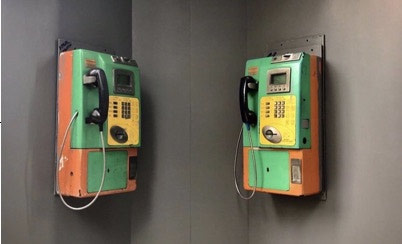Local Journalism Initiative
Canadian Nuclear Laboratories updates public on liquid waste cleanup
Sophie Demers
CHALK RIVER - Daniel Arnold, project manager for reactor decommissioning and program execution, provided participants with an update on the progress of the Canadian Nuclear Laboratories (CNL) stored liquid waste project at Chalk River Laboratories. The initiative aims to “restore and protect the environment through Canada’s nuclear legacy liability.”
Following the introduction, Arnold outlined the scope of the project: “The work consists of removing traditional risks and liabilities—such as asbestos, lead paint, mercury, and gauges and instrumentation—as well as industrial or designated substances from buildings prior to demolition. It also involves removing nuclear waste, liabilities, and hazards.”
To date, the project has demolished 121 buildings, removed 250,000 kg of asbestos, 3,000,000 kg of low-level radioactive waste, and 20,000,000 kg of decommissioned debris.
A significant portion of the webinar was devoted to explaining the origins of the waste. The project primarily focuses on the storage of Cobalt-60, a radioactive isotope used extensively in medical sterilization, cancer treatment, and industrial radiography. Canada began using Cobalt-60 in 1947 and, by the 1990s and 2000s, was supplying it to more than 40 countries.
The waste generated by this activity is now the focus of long-term storage efforts.
“We underwent a significant campaign to remove the free liquid from tank 40B, which is a pivotal step in the project,” said Arnold. “It’s important because liquid waste is complex by nature, and this level of work hasn’t been undertaken in several decades. The team carried out a highly collaborative planning phase involving safety stakeholders, radiation protection, regulators, and the supply chain to begin removal in January, completing retrievals at the start of March.”
So far, 40,000 litres of this liquid waste have been safely stored, according to CNL. Arnold concluded the webinar by noting that one Chalk River building still contains 132,000 litres of liquid waste, which CNL aims to retrieve in 2026.






